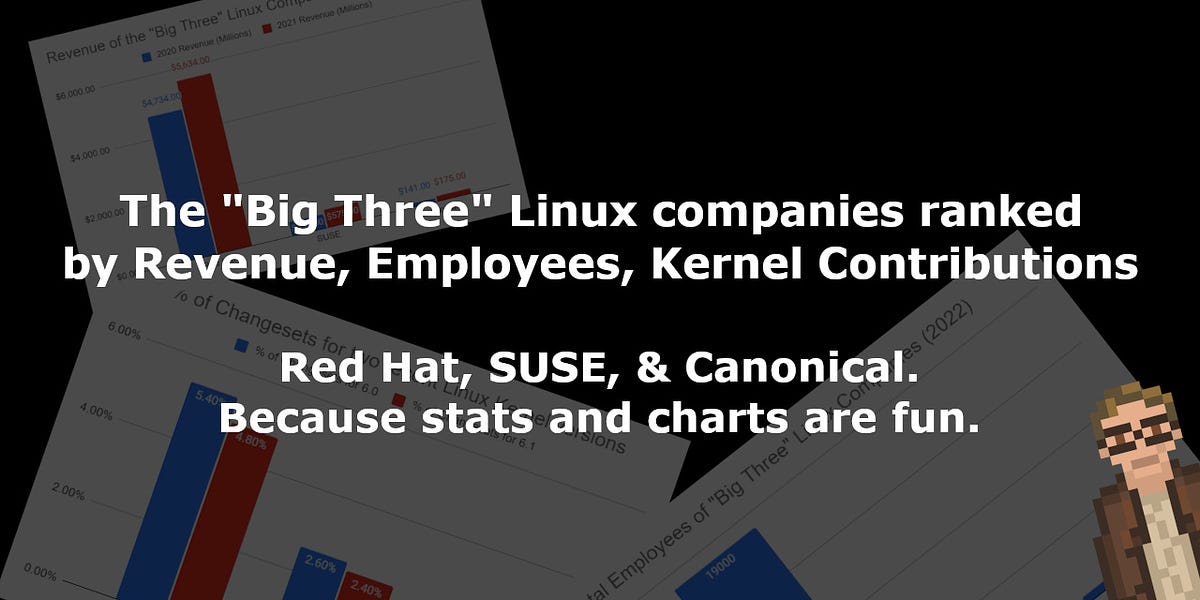Originally posted by mSparks
View Post
HPC is also a strong domain, of course, almost exclusively Linux by now.
Originally posted by mSparks
View Post
On the sshd side the incoming connection creates such a socket and points the DISPLAY environment to it, so any client will connect as if that were the actual X server.
On the side that initiated the SSH connection, the ssh process connects the the unix domain socket its DISPLAY points to.
So from the point of view of the X programs (client and server) there is no network involved.
Neatly avoiding any issues X11's network capability might have had.
Waypipe is essentially doing the same for tunneling Wayland through SSH



Comment